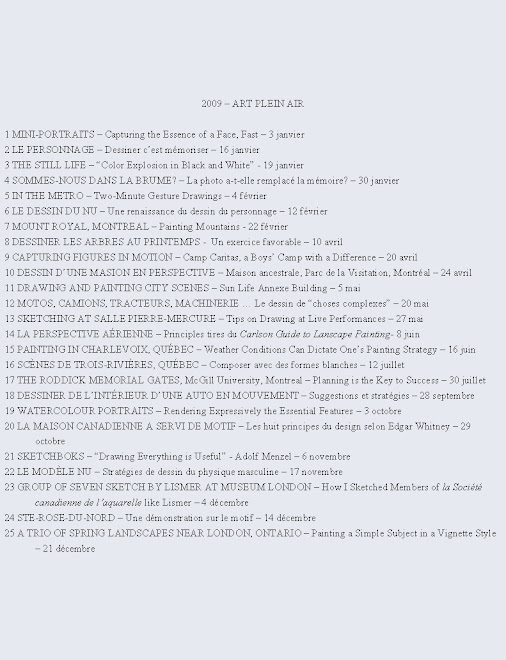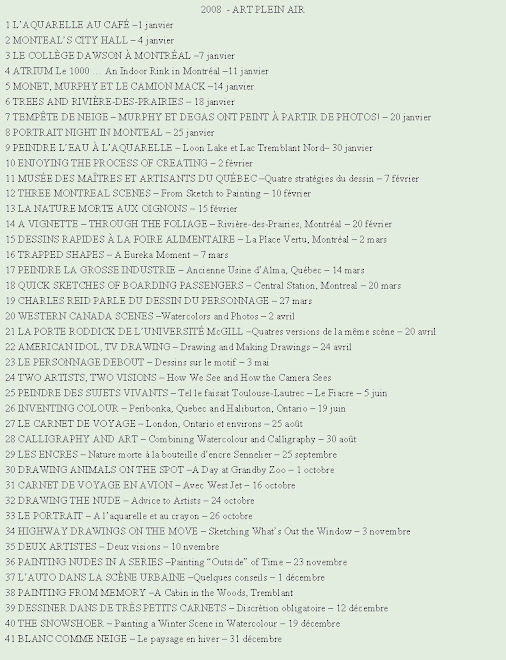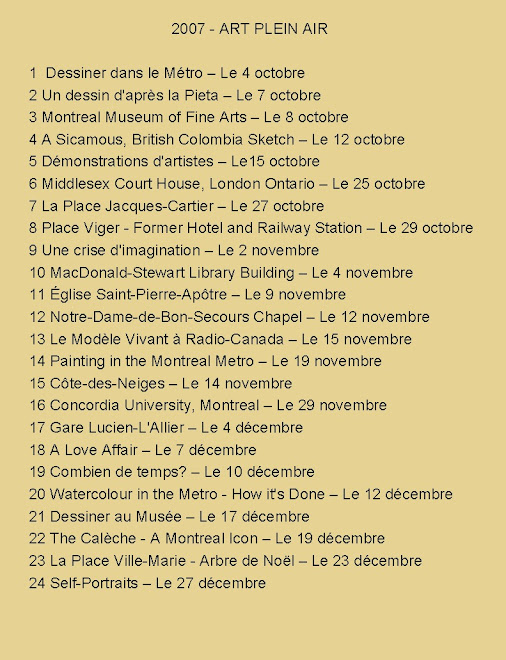
Often one is attracted to sign up for an art course because one wants to make something tangible. We want to produce something that “looks good” and the sooner the better. We tend to overemphasize an anticipated product instead of enjoying the process of creating. In learning to paint we hasten to master the technique in order to quickly frame and admire our creation, to show it to our friends. If we do not succeed according to our self-imposed goals we conclude we have no talent.
In our spare time during our childhood and adolescent years my brother and I would create our own board games just for the fun of it. Because we were not well off we “adapted” our own concepts to board games such as Monopoly which we would build from scraps of paper and cardboard leftovers. The pleasure we derived was more often in the “process” of recreating the game more than in playing the games.
Today, when I reflect on my passion as an artist I arrive at the same conclusion. I love the action of moving watercolour pigments around in water and of moving the pencil on paper. No sooner have I completed a work or finished a sketch no sooner do I want to start on another one.
Often, in teaching adults art I find it disheartening that the beginner is often devastated and profoundly discouraged after having not succeeded at mastering a particular technique, and often after only a few tries.
In our spare time during our childhood and adolescent years my brother and I would create our own board games just for the fun of it. Because we were not well off we “adapted” our own concepts to board games such as Monopoly which we would build from scraps of paper and cardboard leftovers. The pleasure we derived was more often in the “process” of recreating the game more than in playing the games.
Today, when I reflect on my passion as an artist I arrive at the same conclusion. I love the action of moving watercolour pigments around in water and of moving the pencil on paper. No sooner have I completed a work or finished a sketch no sooner do I want to start on another one.
Often, in teaching adults art I find it disheartening that the beginner is often devastated and profoundly discouraged after having not succeeded at mastering a particular technique, and often after only a few tries.

The drawing of houses and trees illustrated here that I sketched over thirty years ago has obvious perspective and value faults. (I am posting it here in all humility to prove a point.) Achieving proficiency in any field, drawing included, takes time. A drawing and a painting of a similar subject done thirty-three years later shows marked improvement.
 In concluding I will quote from the book, Complete Guide to WATERCOLOR PAINTING by Edgar A. Whitney who taught at the famous Pratt Institute for many years. One would expect his last admonition to his students to give some advice regarding painting, but it doesn’t.
In concluding I will quote from the book, Complete Guide to WATERCOLOR PAINTING by Edgar A. Whitney who taught at the famous Pratt Institute for many years. One would expect his last admonition to his students to give some advice regarding painting, but it doesn’t.“The last admonition I gave to my students at Pratt Institute, I made as dramatic as possible so as to make it memorable. High on the front wall of the classroom, with chalk, I letter the word “DRAW”. Then, underlining that word down the wall to the floor, across the floor to the opposite wall …I say, “good luck, good-bye.”
“I put this much emphasis upon the importance of drawing because it is the foundation of visual art.”
NOTE: The aquabee sketch books 820 are still available and relatively inexpensive in these sizes: 6 x12, 6 x 6 ,9 x 9 and 14 x 17, all available at Art Tec in Montreal and from other merchants.
Raynald Murphy sca









Aucun commentaire:
Enregistrer un commentaire